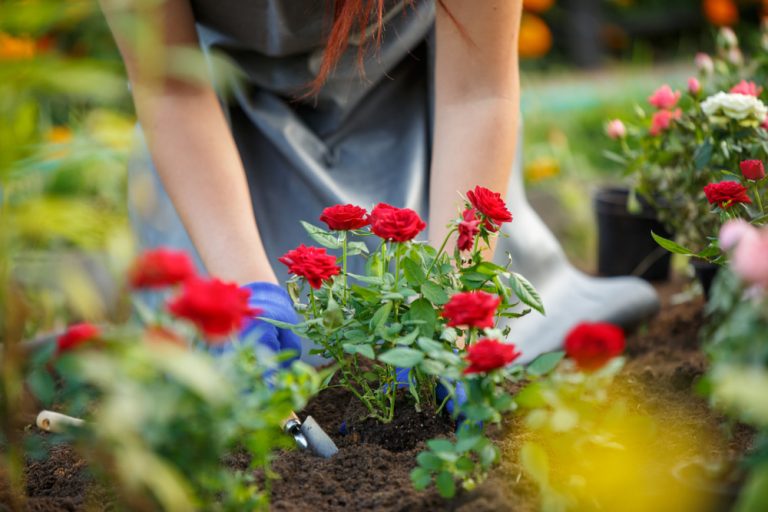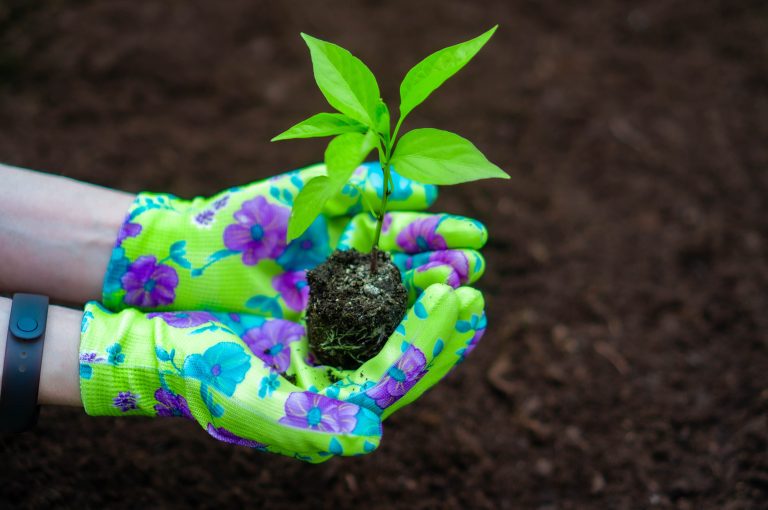Roses are the centerpieces of many gardens, but without proper care their bloom period can be shortened. Whether you grow hybrid teas, climbers, or miniatures, the key to long-lasting blooms is timing, nutrition, and smart pruning. With a few simple tweaks, your rose bushes can keep producing vivid, fragrant flowers well into fall. Here are…
plant care
From Paper Towel to Potting Soil: The Ideal Time to Transplant Your Seedlings
Growing plants from seed is a rewarding process, but it takes more than just patience—it requires timing and care at every stage. One of the most critical steps is knowing exactly when to transplant your seedlings into potting soil. Move them too early, and they may not survive the shock; wait too long, and their…

